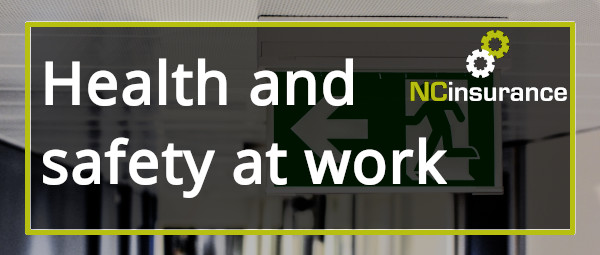
Getting smarter in the workplace
Smart building technology is transforming the way businesses operate, with sensors and tracking devices able to monitor everything from an escape of water and temperature changes in electrical systems to how employees move around the workspace. While this is driving efficiencies and making the workplace safer, it’s also changing the risk landscape.
Tracking technology is already well established in the fleet motor market, with telematics providing organisations with valuable insight into how vehicles are used. But, as this form of technology is adopted within commercial premises and warehouses, its application will become even broader.
Smart Building Technology
Benefits
Having this insight offers a number of significant benefits to organisations.
Risk Mitigation
Monitoring factors such as heat and escape of water can reduce the probability of major losses including fire and water damage. As an example, a heat sensor attached to a circuit board will give an early warning of overheating that could potentially otherwise lead to a fire. Similarly, a sensor that measures the temperature of food in fridges, could detect an overnight power cut. Although this might have gone undetected, the temperature increase could compromise food safety.
Employee health and safety
Smart building technology creates a safer working environment for employees in a number of ways. As well as safeguarding them from harmful conditions such as poor air quality, fire and fumes, using sensors on employees can help to create more efficient and ergonomic workplaces. This can reduce the risk of injuries and musculoskeletal problems.
Taken further, it can help organisations create an optimum workplace for employees. This could benefit employee wellbeing and push productivity.
Energy efficiencies
A blog from IBM highlights the way this smart building technology can drive efficiencies in building management. It states that the day-to-day operation of a building represents more than 70% of the building’s total cost over its lifespan. By using sensors to measure factors such as ambient temperature, light levels and CO2 levels, energy consumption can be monitored. Then, by interfacing this data with an intelligent building management system, services can be switched off and on when required.
Time and motion advantages
Understanding how the workplace is used can help to ensure that working environments are as efficient as possible. As an example, take one of the common work frustrations – finding an office that’s free for a meeting. Often left empty after a meeting finishes early, by integrating sensors in the rooms with the booking software, an organisation could reap the benefits of a reactive, live calendar.
Urban planners Tyréns worked with IBM, installing 1,000 internet-connected sensors to monitor factors such as temperature, humidity, light, power usage and movement. Understanding how a building was used enabled it to save energy and create a smarter workplace. As an example, knowing that the average employee went to the bathroom 3.6 times on Mondays but only 2.6 on Fridays, meant it could optimise cleaning schedules and supply purchasing.
Insurance Implications
Using smart building technology devices to manage risks and create an optimum working environment has implications for insurance too.
Monitoring fire and escape of water risks can ensure these perils are detected early and, in some cases, even before there is a loss. This has the potential to reduce claims on property insurance.
The focus on employee health and safety could also reduce claims on employer’s liability policies. The risk of accidents will be reduced by using data to design smarter workstations and, by monitoring air quality, it will also help to prevent employees from being exposed to harmful substances.
This could also have knock-on benefits for other employee health-related insurances such as group income protection, private medical insurance and potentially also life insurance.
Challenges
But, while this technology has the potential to bring significant benefits, adoption is not without its challenges. As well as the logistical issues around introducing these types of devices, the big brother overtones associated with monitoring mean there can be resistance from some employees.
How this type of initiative is communicated can help to overcome any suspicions, with employees more receptive where they feel there’s something in it for them too. This could be something integral to the monitoring, for instance, safety improvements resulting from more effective fume detection, or a separate incentive, such as a longer break or change in role, which could be possible due to the efficiencies achieved.
Using these devices may also require a change in resourcing. Alarms and machine-to-machine communication systems, where a sensor captures information that is used to drive another action such as a motion sensor turning off the lights when no-one is in the room, are self-contained, but other sensors generate data that needs to be analysed. As a result, businesses must ensure they have adequate resources to get the most out of these devices.
While there are challenges, as more organisations discover the benefits of using smart devices to gain a better understanding of the workplace, this form of technology could well become the norm.
NC Insurance
For more information on how NC Insurance can help cover your business, contact us on 0191 482 1219 or request a quote on our website.
For more information on the way in which future tech will change the way we conduct business, read our blog post: Sluggish tech affecting your business?
 |  |  |
This article was originally published by Allianz





